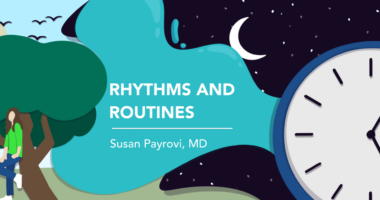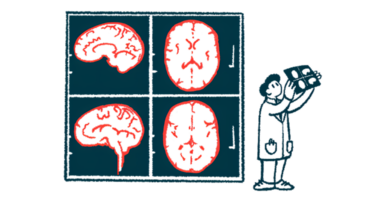FDA Approves Botox to Treat Upper Limb Spasticity in Children Aged 2 to 17

The U.S. Food and Drug Administration (FDA) has approved the use of Botox (onabotulinumtoxinA), marketed by Allergan, for the treatment of children ages 2 to 17 with upper limb muscle stiffness or spasticity, a common symptom in children with multiple sclerosis (MS).
The agency is still reviewing the use of Botox for treating lower limb spasticity in children, with a decision expected during the fourth quarter of 2019.
“Watching a child suffering with any degree of upper limb spasticity is very difficult,” David Nicholson, chief research and development officer at Allergan, said in a press release.
“This FDA approval is special to all of us at Allergan because we can now provide children and their caregivers an advancement in pediatric care with Botox.” he continued. “This milestone underscores our constant focus on innovation and builds on our 30 years of research and development efforts with Botox since FDA approval of blepharospasm [tightened eyelids] and strabismus [squinting] in 1989. We also look forward to the FDA’s decision on pediatric lower limb spasticity and continuing to serve our patients globally.”
Botox is an injectable preparation of botulinum toxin type A, a toxin naturally made by the bacteria that causes botulism, which blocks nerve activity in the muscles. It is injected directly in the affected muscles, resulting is short-term and localized muscle relaxation.
This therapy is already approved by the FDA as a treatment for a number of medical indications, including muscle spasms, spasticity, and bladder symptoms in patients with a spectrum of diseases, including MS.
In MS patients, damage to the brain and spine can result in mild to severe muscle tightness and stiffness in upper and lower limbs, which can affect a patient’s ability to move and maintain balance and posture.
Until now, Botox’s use for limb spasticity was approved only in adults. With FDA’s positive decision, this indication was extended to include children 2 to 17 years of age, affected by upper limb muscle stiffness, including the elbows, wrists, and fingers.
The approval was based on data from two Phase 3 clinical studies evaluating the safety and effectiveness of the medicine in more than 200 children with upper limb spasticity. These trials included a 12-week, double-blind study (NCT01603602) and a one-year open-label study (NCT01603615).
Recommended dose per treatment session is 3 to 6 units per kilogram of body weight divided across the affected muscles, not exceeding a total dose of 8 units per kg or 300 units in a three-month interval.
It is important to note that Botox use for pediatric upper limb spasticity is not meant to replace existing physical therapy or other rehabilitation that may have been prescribed.
“Pediatric upper limb spasticity is a significant concern and can negatively impact a child’s development and quality of life,” said Mark Gormley, Jr., MD, pediatric rehabilitation medicine specialist at Gillette Children’s Specialty Healthcare-St. Paul, Minnesota.
“Because spasticity is particularly debilitating to growing children, it requires ongoing care. Botox has a well-established safety and efficacy profile and I believe it will be an important treatment option in helping successfully manage upper limb spasticity in children and adolescents,” he said.






